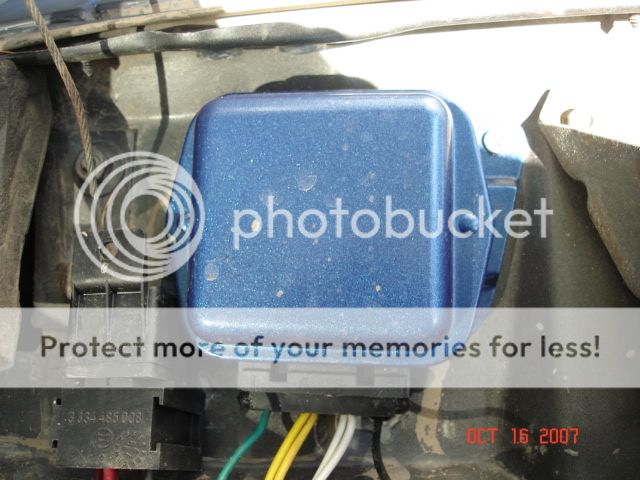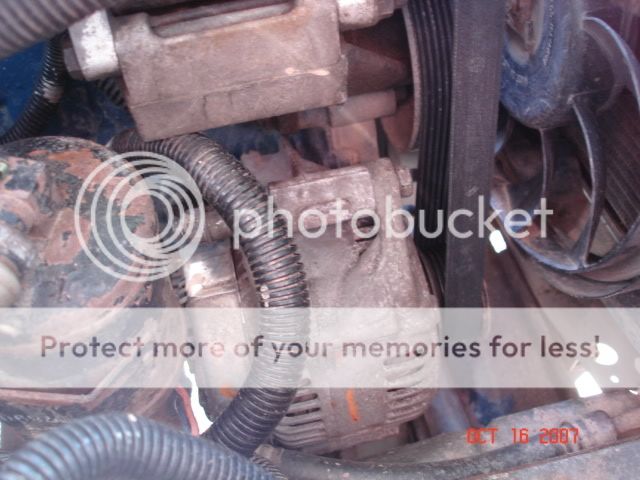Slo-Sho
NAXJA Forum User
- Location
- The 2nd most regulated state.
Got my hands on a 136a alternator and external voltage regulator from an unknown vehicle. The voltage regulator has four terminals on it labeled " I A S F" respectively. Does anyone know what these terminals do? Also on the H.O. alternator there are two terminals that are unmarked, what do these do?



